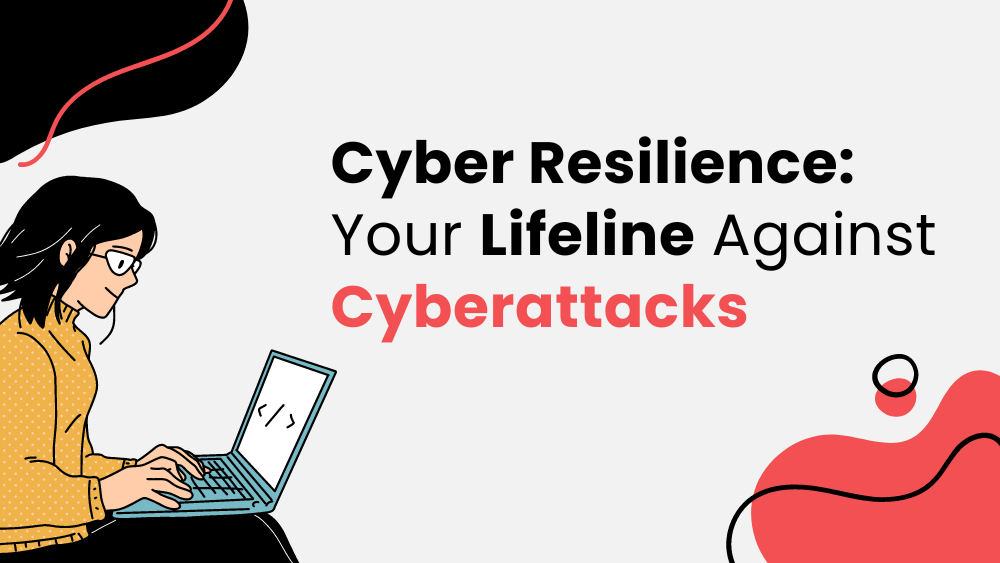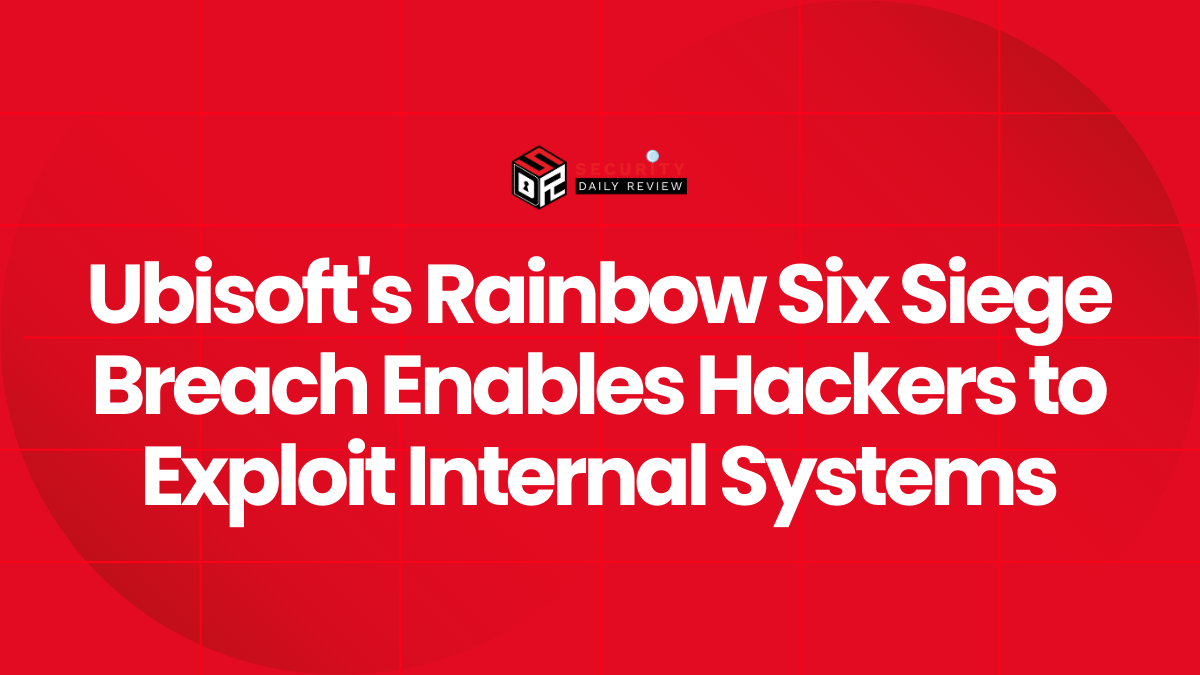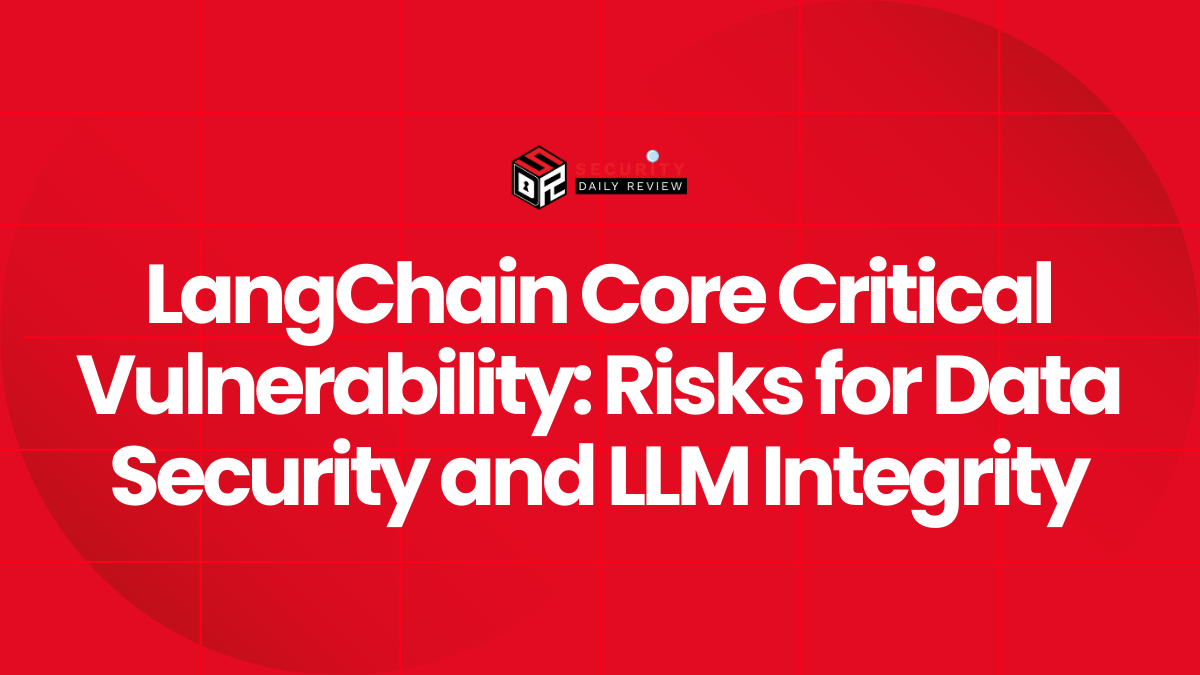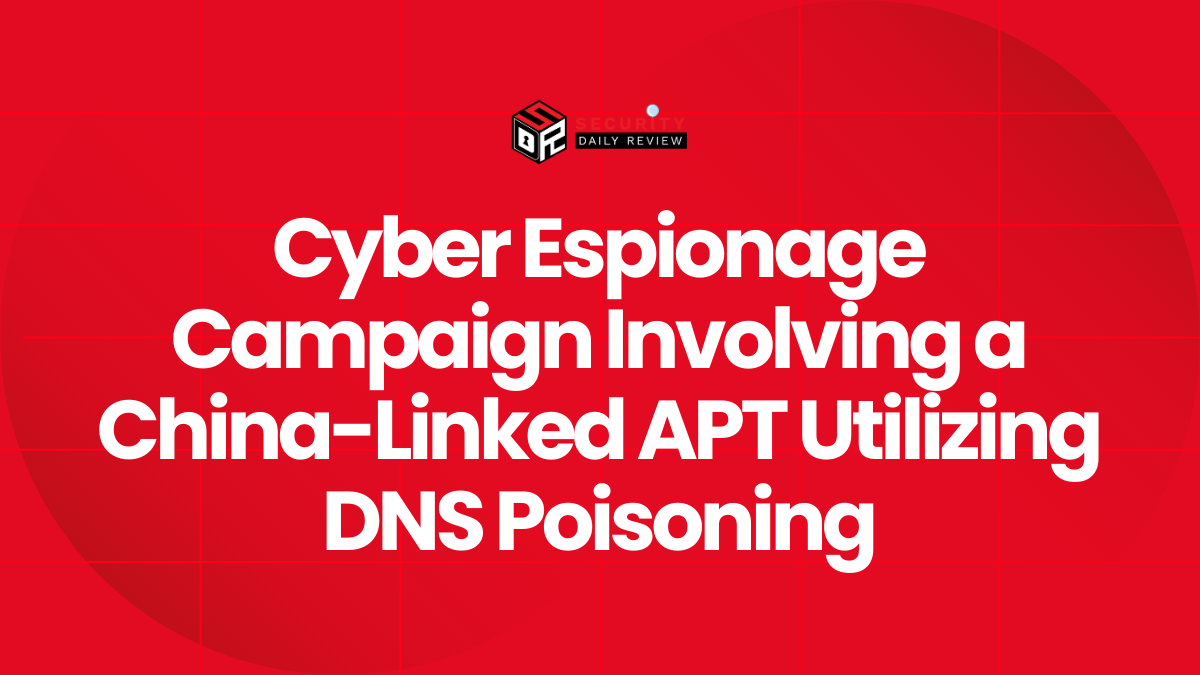Cyberattacks are inevitable. As enterprise businesses navigate the complexities of the digital landscape, the focus has shifted from merely preventing attacks to developing robust cyber resilience. This approach ensures that when a breach occurs, businesses are prepared to respond effectively, minimize damage, and recover swiftly. This blog delves into the intricacies of cyber resilience, offering insights and strategies for enterprise businesses to bounce back from cyber threats.
What is Cyber Resilience and Why It’s Crucial for Enterprises?
Cyber resilience is the ability of an organization to prepare for, respond to, and recover from cybersecurity attacks. It encompasses not only the technical aspects of cybersecurity but also the organizational and strategic measures that ensure business continuity in the face of cyber threats.
The Importance of Cyber Resilience in Today’s Digital Landscape
In the rapidly evolving digital landscape, the significance of cyber resilience cannot be overstated. As enterprise businesses increasingly rely on digital technologies to drive innovation and growth, the threat of cybersecurity attacks looms larger than ever.
No system is entirely immune to breaches. Building cyber resilience is one step in the right direction that acknowledges this reality and prepares businesses to handle attacks effectively.
By focusing on resilience, businesses can limit the impact of an attack, protecting critical data and maintaining operational integrity.
Cyber resilience ensures that businesses can continue operations even during and after a cyber incident, safeguarding their reputation and customer trust.
The Role of Leadership in Fostering a Cyber-Resilient Organization
Leaders are responsible for establishing a culture of cybersecurity that permeates every level of the organization. This begins with clear communication about the importance of cyber resilience and the potential risks associated with cyber threats. By articulating a compelling vision for cybersecurity, leaders can inspire and motivate employees to take ownership of their roles in protecting the organization’s digital assets.
Allocating adequate resources is another critical aspect of leadership in fostering cyber resilience. This includes investing in the latest cybersecurity technologies, hiring skilled personnel, and providing ongoing training and development opportunities for employees. Leaders must ensure that cybersecurity initiatives are adequately funded and supported, recognizing that these investments are essential for safeguarding the organization’s future.
Empowering teams to take a proactive approach to cybersecurity is also a key leadership responsibility. This involves fostering an environment where employees feel confident in identifying and reporting potential threats, knowing that their contributions are valued and supported. By encouraging collaboration and open communication, leaders can create a sense of shared responsibility for cybersecurity across the organization.
Moreover, leaders must be prepared to make difficult decisions in the face of cyber threats. This includes balancing the need for security with the organization’s operational and strategic goals. By taking a holistic approach to cybersecurity, leaders can ensure that resilience is integrated into every aspect of the organization’s operations, from product development to customer engagement.
Employee Training and Awareness: The First Line of Defense
Employees are often the first line of defense against cyber threats. Comprehensive training programs can equip them with the knowledge and skills to identify and respond to potential threats.
Regular Training Sessions for Cyber Awareness: Conduct regular training sessions to keep employees updated on the latest threats and best practices. These programs should be designed to educate employees about the various types of cyber threats they may encounter, such as phishing attacks, malware, and social engineering tactics. By understanding the tactics used by cybercriminals, employees can better recognize suspicious activities and take appropriate action to mitigate risks.
Simulated Attacks to Test Readiness: Regular training sessions are vital for keeping employees informed about the latest developments in the cybersecurity landscape. Cyber threats are constantly evolving, and staying updated on new vulnerabilities and attack vectors is essential for maintaining an effective defense. These sessions can be conducted through workshops, seminars, or online courses, providing employees with the flexibility to learn at their own pace.
Clear Communication Channels for Reporting: Clear communication channels are crucial for ensuring that employees can report suspicious activities promptly and efficiently. Organizations should establish protocols for reporting potential threats, ensuring that employees know whom to contact and what information to provide. This proactive approach enables swift action to mitigate risks and prevent potential breaches from escalating.
Preparing for Cybersecurity Attacks: Risk Management and Incident Response
Comprehensive Risk Assessment and Management Strategies
A thorough risk assessment is crucial for identifying vulnerabilities and potential threats. This process involves evaluating the organization’s digital assets, identifying potential risks, and implementing measures to mitigate them.
Maintaining an Asset Inventory: This involves cataloging all digital assets within the organization, including hardware, software, data, and network infrastructure. By maintaining an up-to-date inventory, organizations can gain a clear understanding of their digital landscape and identify potential points of vulnerability. This inventory serves as the foundation for subsequent risk assessment and management efforts.
Conducting Threat Analysis: Threat analysis is a critical component of the risk assessment process. Organizations must regularly analyze potential threats and vulnerabilities, considering both internal and external factors. This involves evaluating the likelihood and impact of various cyber threats, such as malware, phishing attacks, and insider threats. By understanding the specific risks facing the organization, security teams can prioritize their efforts and allocate resources effectively.
Implementing Risk Mitigation Strategies: Once potential risks have been identified, organizations must develop and implement risk mitigation strategies. These strategies should be tailored to address the specific vulnerabilities and threats identified during the assessment process. Common risk mitigation measures include implementing robust access controls, regularly updating and patching software, and deploying advanced threat detection and response tools. By addressing vulnerabilities proactively, organizations can reduce the likelihood of successful cyber attacks and minimize potential damage.
Developing an Effective Incident Response Plan
An effective incident response plan is essential for minimizing the impact of a cyber attack. This plan should outline the steps to be taken in the event of a breach, ensuring a coordinated and efficient response.
Defining Roles and Responsibilities for Response Teams: In an environment where cyber threats are not only increasing in frequency but also in complexity, having a well-structured incident response plan can make the difference between a minor disruption and a major crisis. This plan serves as a roadmap for organizations to follow in the event of a cybersecurity incident, ensuring a coordinated and efficient response that mitigates damage and facilitates recovery.
Establishing Communication Protocols for Stakeholders: During a cyber incident, timely and accurate communication is crucial for managing the situation effectively. The plan should outline procedures for internal communication among team members and external communication with stakeholders, including customers, partners, and regulatory bodies. Clear communication protocols help ensure that all parties are informed of the incident’s status and any actions being taken, maintaining transparency and trust.
Conducting Regular Drills and Testing: Regular drills and testing are vital for evaluating the effectiveness of the incident response plan and identifying areas for improvement. By conducting simulated cyber attacks and response exercises, organizations can assess how well their teams respond to potential threats and make necessary adjustments to the plan. These exercises not only reinforce training but also build confidence in the organization’s ability to handle real-world scenarios, ensuring that the response team is prepared for any eventuality.
Security-Focused Development: Building Resilience from the Ground Up
Secure by design principles emphasize the integration of security measures into the development process, ensuring that systems are built with resilience in mind.
Incorporating Security in Development Lifecycle: Incorporate security considerations into every stage of the development lifecycle, from design to deployment.
Conducting Regular Code Reviews for Vulnerabilities: Conduct regular code reviews to identify and address potential vulnerabilities.
Utilizing Automated Testing for Real-Time Security: Use automated testing tools to identify and remediate security issues in real-time.
Continuous Monitoring and Improvement for Ongoing Resilience
Continuous monitoring and improvement are essential for maintaining cyber resilience. By regularly evaluating and updating security measures, businesses can stay ahead of evolving threats.
Implementing Real-Time Monitoring Tools: Implement real-time monitoring tools to detect and respond to potential threats promptly.
Establishing Feedback Loops for Continuous Improvement: Establish feedback loops to gather insights from incidents and improve security measures.
Conducting Regular Audits and Assessments: Conduct regular audits and assessments to evaluate the effectiveness of security measures and identify areas for improvement.
Communication and Collaboration: Enhancing Resilience through Engagement
Effective Internal Communication for Coordinated Response
Effective internal communication is crucial for ensuring a coordinated response to cyber threats. Clear communication channels and protocols can facilitate prompt action and minimize confusion.
Developing a Crisis Communication Plan: Develop a crisis communication plan that outlines procedures for internal communication during a cyber incident.
Providing Regular Updates to Employees: Provide regular updates to employees on the status of the incident and any actions being taken.
Establishing Feedback Mechanisms for Improvement: Establish feedback mechanisms to gather insights from employees and improve communication processes.
External Collaboration with Partners and Stakeholders
Collaboration with external partners and stakeholders can enhance cyber resilience by providing access to additional resources and expertise.
Building Industry Partnerships for Information Sharing: Establish partnerships with industry peers and organizations to share information and best practices.
Engaging with Government and Regulatory Bodies: Collaborate with government and regulatory bodies to stay informed of emerging threats and compliance requirements.
Working with Third-Party Vendors for Security Compliance: Work closely with third-party vendors to ensure they adhere to security standards and protocols.
Data Recovery and Business Continuity: Ensuring Operational Integrity
Data Backup and Recovery: Safeguarding Critical Information
Data recovery is a critical component of cyber resilience, ensuring that businesses can restore critical data and systems after a breach.
Conducting Regular Backups of Critical Data: Conduct regular backups of critical data and systems, ensuring that they can be restored in the event of a breach.
Storing Backups in Secure Air-Gapped Locations: Store backups in secure immutable and air gapped locations to protect against cyber threats and disasters.
Testing Recovery Procedures for Effectiveness: Regularly test recovery procedures to ensure that data can be restored quickly and effectively.
Comprehensive Business Continuity Planning for Disruption Minimization
A comprehensive business continuity plan ensures that businesses can maintain operations and minimize disruptions in the event of a cyber incident.
Conducting Business Impact Analysis for Critical Functions: Conduct a business impact analysis to identify critical functions and processes that must be maintained during a disruption.
Developing Continuity Strategies for Operational Maintenance: Develop continuity strategies that outline procedures for maintaining operations and minimizing disruptions.
Testing and Updating the Continuity Plan Regularly: Regularly test and update the business continuity plan to ensure its effectiveness and relevance.
Conclusion: Embracing Cyber Resilience for a Secure Future
In an era where cybersecurity attacks are inevitable, focusing on cyber resilience is paramount for enterprise businesses. By building a culture of cybersecurity, preparing for potential threats, embracing secure by design principles, and ensuring effective communication and collaboration, businesses can enhance their resilience and keep at arm’s length from cyber threats. With a robust approach to data recovery and business continuity, organizations can safeguard their operations, reputation, and customer trust in the face of evolving cyber challenges.









